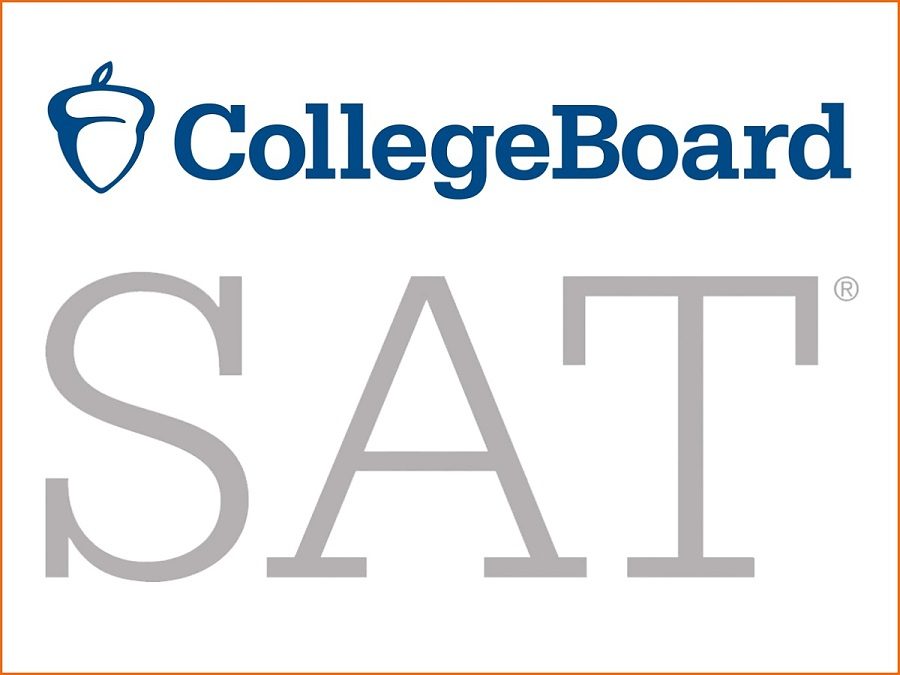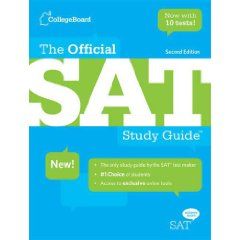For high school juniors, the PSAT/NMSQT is more than a practice test—it’s a chance to qualify for the National Merit Scholarship Program and build confidence for the SAT. With the shift to the digital, modular PSAT, knowing what to expect on test day is more important than ever. This guide explains the digital adaptive PSAT, the Non-adaptive paper version, what’s covered in each section, and how accommodations work.
Why the PSAT Matters for Juniors
- Scholarships: A top score may qualify you for National Merit recognition.
- SAT Prep: The PSAT mirrors the SAT format, making it the best practice available.
- Skill Benchmarking: Score reports highlight strengths and weaknesses to guide future prep.
PSAT 2025 Structure: At a Glance
| Features | DPSAT(Adaptive) | PSAT(Non-Adpative) |
| Format | Digital, modular, adaptive | Paper,modular, non-adaptive |
| Total Time | 2 hrs 14min | 2 hrs 44 min |
| Total Questions | 120 | 120 |
| Sections | Reading&Writing(54), Math (44) | Reading&Writing(66), Math (54) |
| Modules | 2 per section | 2 Per section |
| Adaptivity | Yes(Module 2 difficulty depends on Module1 performance) | No( Fixed difficulty across Modules.) |
Section 1 — Reading & Writing
- Time: 64 minutes (two 32-minute modules)
- Questions: 54 total
- Skills Tested:
- Reading comprehension and evidence analysis
- Author’s purpose, tone, and central ideas
- Grammar, punctuation, and sentence structure
- Logical flow and clarity of ideas
- Data interpretation in charts/tables
- Reading comprehension and evidence analysis
Pro Tip: Always support your answers with evidence from the passage.
Section 2 — Math
- Time: 70 minutes (two 35-minute modules)
- Questions: 44 total
- Calculator Policy: Calculator allowed for all questions; built-in Desmos is available in Bluebook.
- Skills Tested:
- Algebra (linear equations, inequalities, systems)
- Advanced math (quadratics, functions, polynomials)
- Problem solving & data analysis (ratios, percentages, charts, graphs)
- Geometry & basic trigonometry
- Student-produced responses (grid-ins)
- Algebra (linear equations, inequalities, systems)
Pro Tip: Practice with Desmos before test day—it can save valuable time.
Accommodations on the PSAT
The College Board ensures accessibility through the Services for Students with Disabilities (SSD). Accommodations must be approved before test day and requested via a school counselor.
Common accommodations include:
- Extended time (50% or 100% more time per section)
- Extra or longer breaks between modules
- Assistive technology (screen reader, text-to-speech, braille)
- Paper format (non-adaptive test) for students who cannot test digitally
- Other supports (large-print forms, separate room, scribes, etc.)
Tip: Start the SSD approval process early—deadlines are strict.
PSAT (Non-Adaptive) Paper Test
The non-adaptive PSAT is available for students who cannot take the digital test due to approved accommodations.
Key Points:
- Same timing and number of questions as the digital PSAT
- Sections are divided into two modules each (Reading & Writing, Math)
- Not adaptive—Module 2 difficulty does not change based on Module 1 performance
- Offered only to students with SSD approval
This ensures that all juniors—regardless of accessibility needs—can test fairly and remain eligible for the National Merit Scholarship Program.
How to Prepare for the PSAT (2025)
- Take practice tests in Bluebook to master navigation, flagging, and the digital tools.
- Focus on Module 1 accuracy—it determines the difficulty level of Module 2.
- Practice with Desmos for graphing and data analysis.
- Review grammar, reading strategies, and math fundamentals consistently.
- Use Socrato’s online practice and analytics tools to track progress section by section.
Final Thoughts
The PSAT is shorter, smarter, and digital—but with the right preparation, you can walk into test day ready to succeed. Whether you take the digital adaptive or non-adaptive version, understanding the section structure, timing, and accommodations will give you the confidence to perform at your best.










